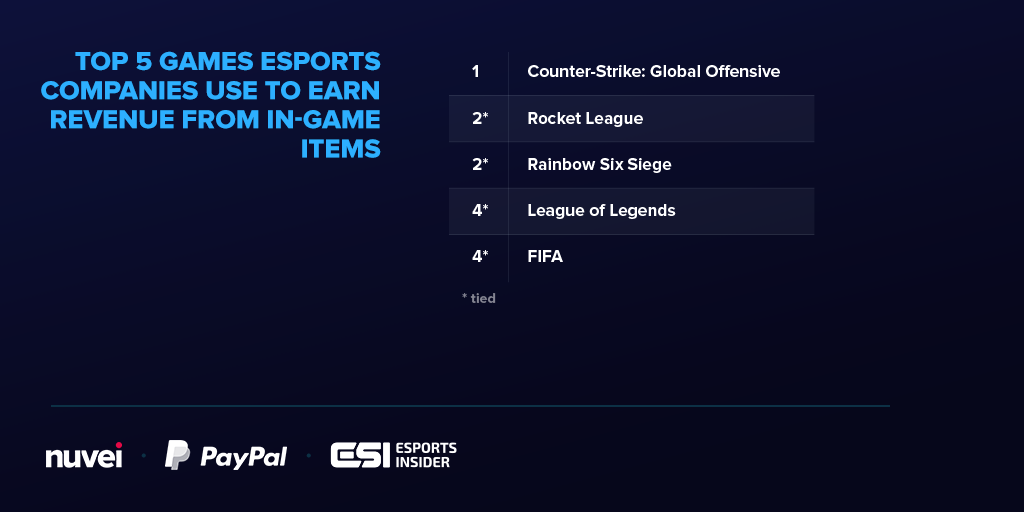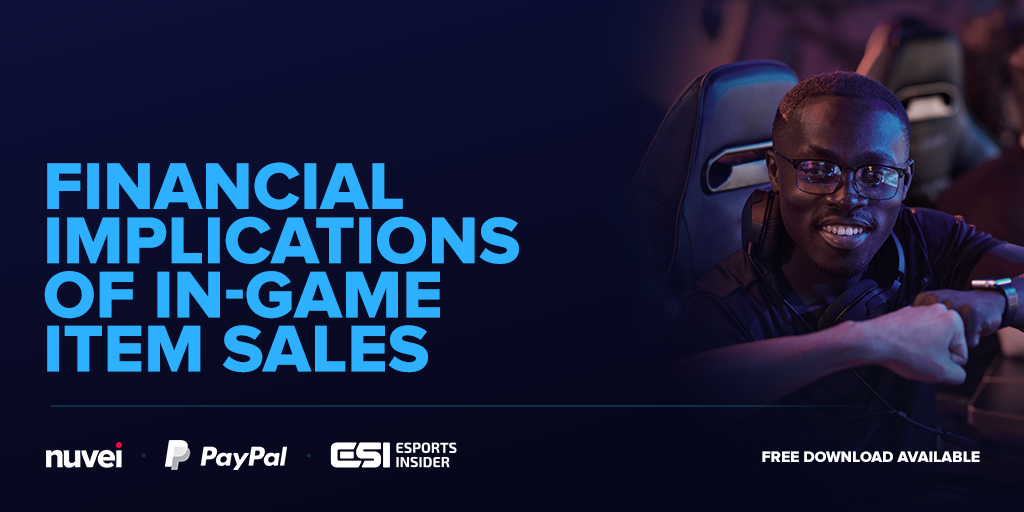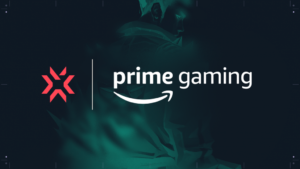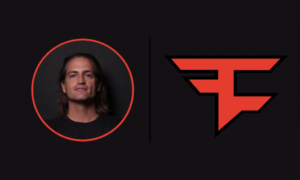Esports companies are worried about monetising their audience. According to our Payments and the Monetization of Esports report, produced in collaboration with Nuvei and PayPal, 65%** of esports companies say this is one of their top three concerns about the future.
As operations become more complex, companies must find low-friction ways to generate passive income — particularly ways that will engage more casual fans.
While esports has traditionally been justified as a marketing exercise for competitive games, developers are increasingly supporting their esports ecosystems through the sale of in-game items.
Team-branded cosmetic ‘skins’ and digital items, for example, are obviously beneficial for partnered teams — both for marketing and revenue — but they do require developer resources to make the assets.
Grant Paranjape, VP Esports Business for Washington Justice, commented: “When publishers can provide an opportunity for teams and leagues to monetise in-game, it supports the esports ecosystem. It forges a real partnership for everyone involved.
“Opportunities like this obviously require balancing development resources and time, but when teams can sell branded items in-game it’s a major benefit because we can reach players directly.”
Despite these up-front costs, in-game items are becoming increasingly important as a low-friction way to monetise players. Of the 105 surveyed esports companies, 1 in 6 (16%)** earned revenue from in-game item sales.

Notably, “newer” esports titles like Rocket League, Rainbow Six, and FIFA round out the top 5. While these games have succeeded in building their audiences and player bases, they also forged lasting partnerships with teams that supported their ecosystem.
In-game items uniquely monetise a game’s playerbase, rather than just the viewing audience. By selling items in game, teams passively generate revenue and take advantage of the developer’s built-in payment system. Teams are more likely to generate revenue if players do not need to go to a new site to make a purchase.
While the sample size is somewhat limited, it’s clear that most developers have taken more strides to support their esports scene through in-game item sales. The surveyed teams indicated that they are earning revenue from 18** different esports’ through selling in-game items.
As developers build their esports strategy, they must consider how to implement branded in-game items. They are becoming an essential — and common — tool to support the wider esports ecosystem.
Supported by Nuvei and PayPal
- amazon prime gaming
- axie infinity
- Casino Games
- coingenius
- commercial
- CS:GO
- data
- EA Sports
- esports in-game monetisation
- Esports Inside
- Esports Insider
- esports whitepaper
- Evil Geniuses
- Features
- Gaming
- gaming headset
- gaming pc
- in-game item sales esports
- insights
- Latest News
- league of legends
- Legal
- madden nfl
- Monetisation esports
- Nintendo
- Online casino games
- Payments and the Monetization of Esports
- PayPal
- pc games
- plato
- plato ai
- plato data intelligence
- plato game
- plato gaming
- platodata
- platogaming
- playstation
- prime gaming
- Rainbow Six Siege
- Rocket League
- Team SoloMid
- xbox
- zephyrnet













